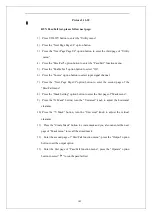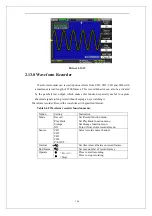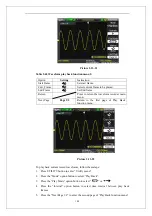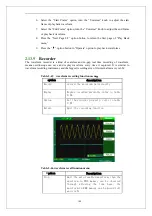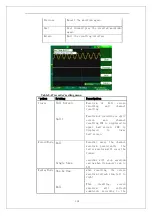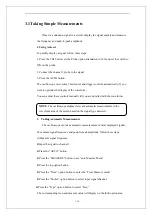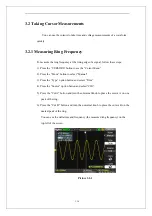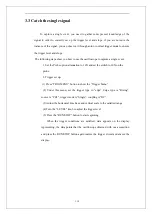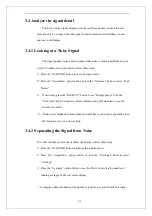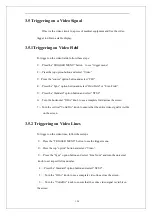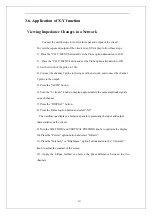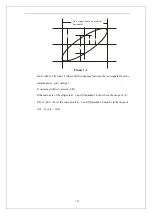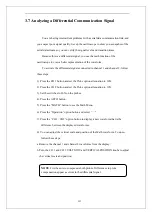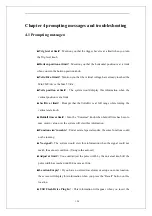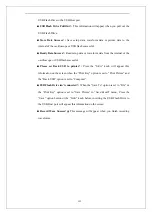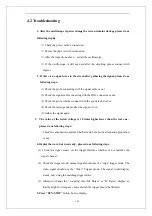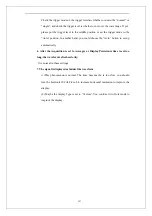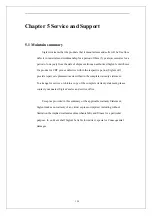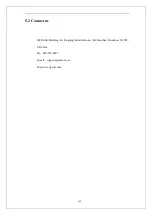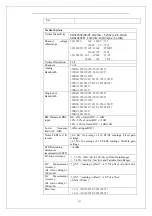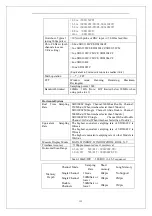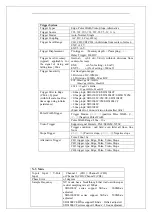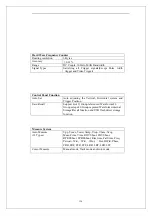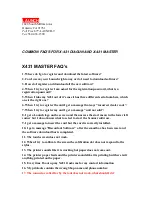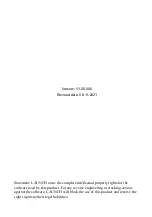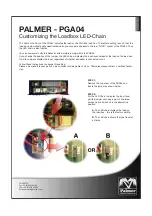
119
3.4 Analyze the signal detail
You have a noisy signal displayed on the oscilloscope and you need to know
more about it. You suspect that the signal contains much more detail than you can
now see in the display.
3.4.1 Looking at a Noisy Signal
The signal appears noisy and you suspect that noise is causing problems in your
circuit. To analyze the noise better, follow these steps
:
1
)
Press the “ACQUIRE” button to see the acquire menu.
2
)
Press the “Acquisition” option button or turn the “Universal” knob to select “Peak
Detect”.
3
)
If necessary, press the “DISPLAY” button to see “Display menu”. Turn the
“Universal” knob to adjust waveform intensity and grid brightness to see the
noise more clearly.
4
)
. Peak detect emphasizes noise spikes and glitches in your signal, specially when
the time base is set to a slow setting.
3.4.2 Separating the Signal from Noise
To reduce random noise in the oscilloscope display, follow these steps:
1
)
Press the “ACQUIRE” button to display the acquire menu.
2
)
Press the “Acquisition” option button or turn the “Universal” knob to select
“Average”.
3
)
Press the “Averages” option button to see the effects of varying the number of
running averages on the waveform display.
Averaging reduces random noise and makes it easier to see the details of a signal.
Summary of Contents for SDS1000 Series
Page 146: ...138 Coupling DC...

